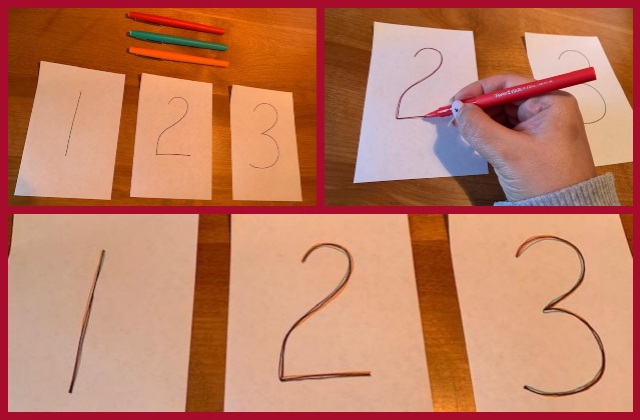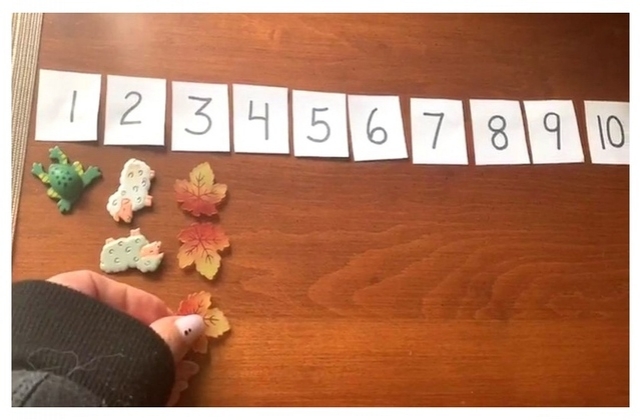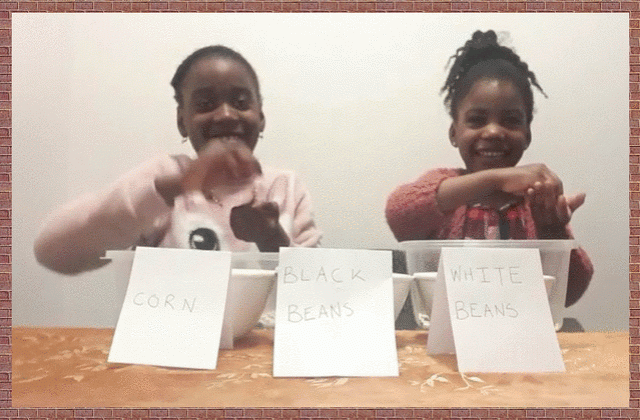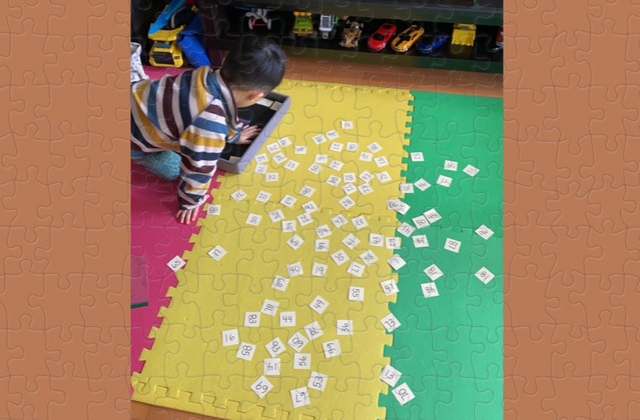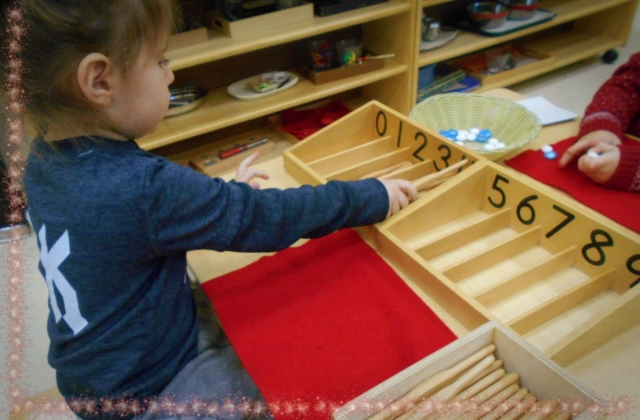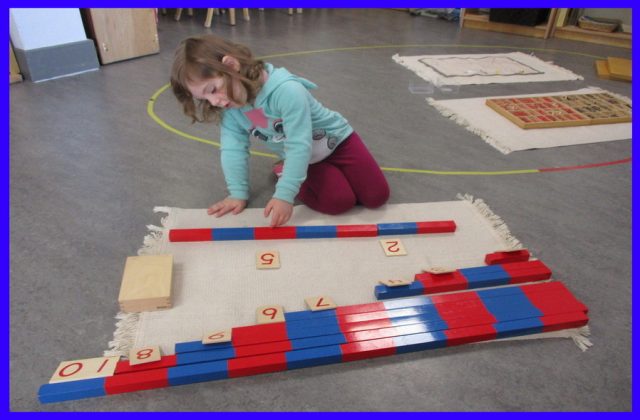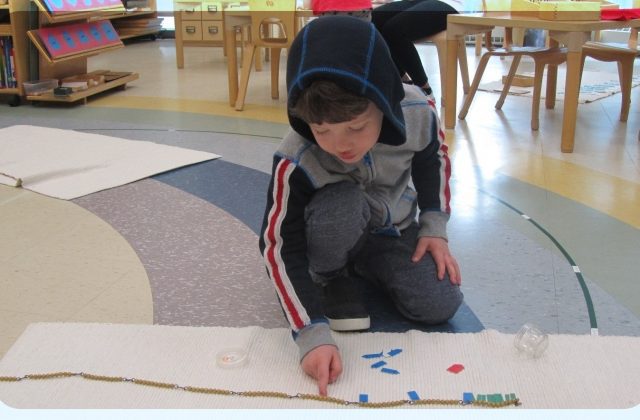Making Ten
In this early math activity, the child uses coloured bead bars that represent the quantities 1 – 10 to make various combinations that equal 10. They can also work on Making Ten colouring sheets to help process what they are learning.
Please click to see how!
View

